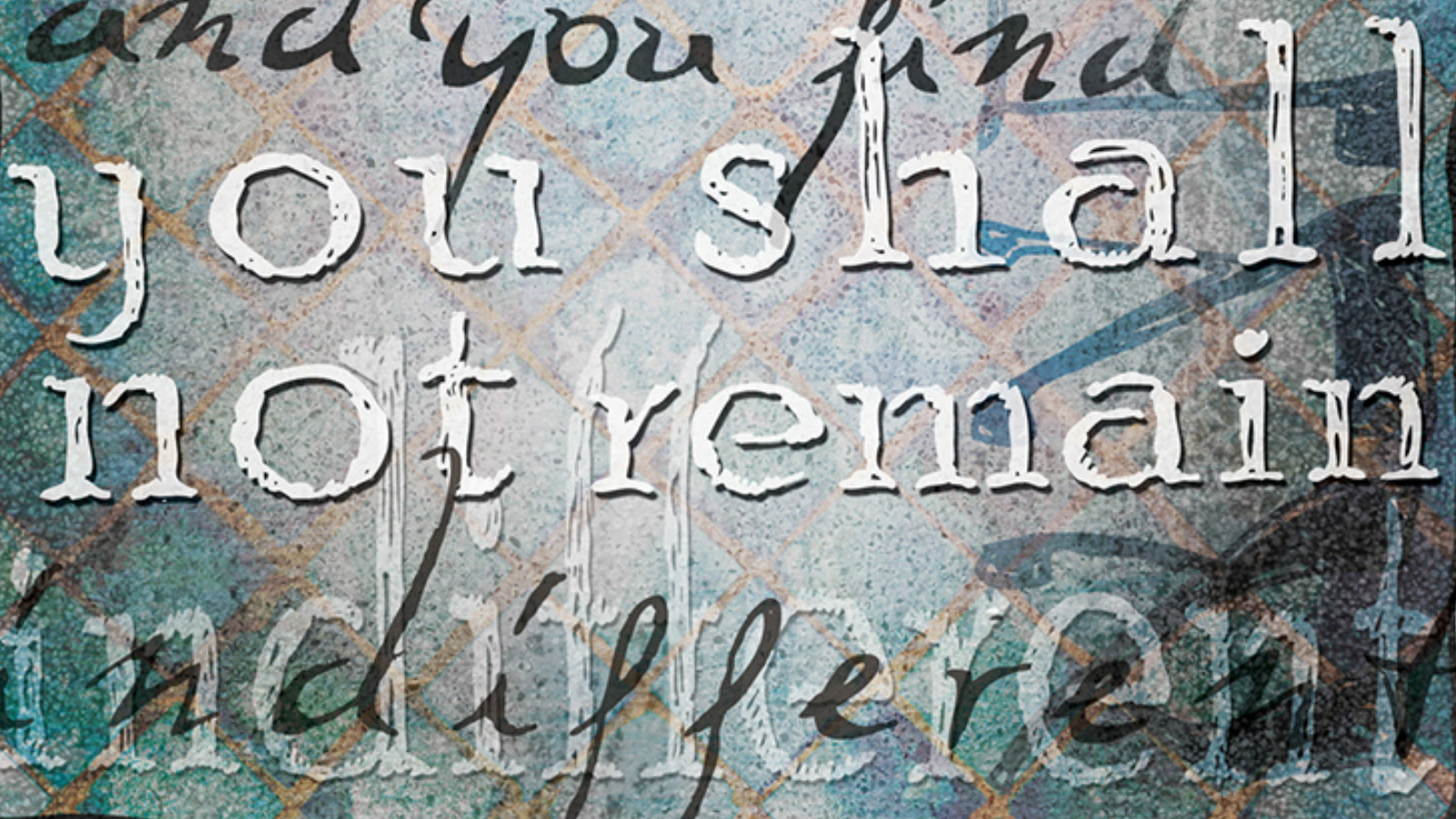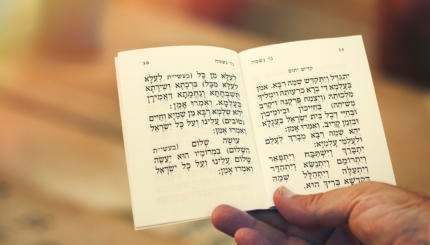Nihum Avelim (comforting mourners) is considered one of the classic forms of kindness in Jewish tradition. Rabbi Hama, son of Rabbi Hanina, states in the that consoling mourners is one way for humans to fulfill the principle of “walking in God’s ways,” and the 12th-century sage Moses Maimonides writes that by comforting mourners, a Jew can fulfill the mitzvah (or commandment) “You shall love your neighbor as yourself”. More generally, comforting mourners is a way of showing concern for those in distress, showing them that they are neither abandoned nor alone.
The mitzvah of comforting mourners begins after the burial. In talmudic and medieval times, those attending the burial would form a line outside the cemetery, and as the mourners would walk by this line, community members would console them. This practice is still followed in Israel and among traditional Jews in the diaspora. (According to traditional Jewish law, officially mourners are the deceased person’s spouse, parents, children, and siblings.)
READ: How to Be the World’s Best Shiva Guest
The most common time to console mourners is during shiva (“seven”), the seven-day mourning period that follows burial. Visitors come to the “shiva house,” where the mourners are said to be “sitting shiva.” This is not a simple social visit; the aim is to show the mourner that one is concerned about his or her distress.

Help us keep Jewish knowledge accessible to millions of people around the world.
Your donation to My Jewish Learning fuels endless journeys of Jewish discovery. With your help, My Jewish Learning can continue to provide nonstop opportunities for learning, connection and growth.
Concern for the mourner should be paramount. The Shulchan Arukh, the classic code of Jewish law (written by Rabbi Joseph Karo in the sixteenth century), states, “The consolers are not to speak until the mourner speaks. The mourner sits at the front of the room, and once he nods to indicate that the consolers should leave, they are not permitted to remain any longer”.
One should visit the shiva house of a mourner who is a friend or relative, a member of one’s community, or a mourner who has no other visitors. Ideally, one finds out during which hours the mourners want visitors, and the visitor should be careful not to tire the mourners, or engage them in small talk or conversation unrelated to their mourning.
The traditional sentences of consolation which conclude the shiva visit (and are used in the cemetery line) are “May you be comforted from Heaven,” in the tradition, and “May God console you together with everyone who mourns for Zion and Jerusalem,” in Ashkenazic tradition.
In traditional communities, daily prayer services are held at the shiva house. Attending those services is a good way to show concern for the mourners, since it ensures the presence of a minyan (a quorum of ten), which is required for the recitation of the Mourner’s Kaddish, one of several versions of this prayer sanctifying God’s name. It also serves to slowly help connect the mourner, who often has a more introverted psychological stance that is characteristic of mourning, with a sense of community.
Another way of showing concern is bringing food to the shiva house; this ensures that the mourners do not have to cook meals for themselves. The rabbis of the Talmud ordained that these meals should not be brought in ostentatious platters and baskets; the purpose of the meals is to help the mourners, not to demonstrate the comforters’ wealth.
There is a custom to comfort mourners who are sitting shiva during Friday night services in synagogue. The mourners remain outside while the congregation reads or sings the psalms that welcome the Sabbath (Kabbalat Shabbat). Then the mourners enter the synagogue, and the congregation greets them with the traditional sentence of consolation.
When it is not possible to visit during shiva, notes of condolence are a way of expressing concern and sympathy. When meeting someone who has lost a relative during the year following the death, one should say some sentence of consolation, but not after the year has passed.
Maimonides states that comforting mourners is not only a way of showing kindness to the mourners, but also of showing respect to the deceased.
The Shulhan Arukh rules that one should also comfort non-Jewish mourners. The ways in which this should be done are obviously different, but the principle of showing concern for someone who is in distress remains constant.
Sign up for a Journey Through Grief & Mourning: Whether you have lost a loved one recently or just want to learn the basics of Jewish mourning rituals, this 8-part email series will guide you through everything you need to know and help you feel supported and comforted at a difficult time.
Looking for a way to say Mourner’s Kaddish in a minyan? My Jewish Learning’s daily online minyan gives mourners and others an opportunity to say Kaddish in community and learn from leading rabbis.



